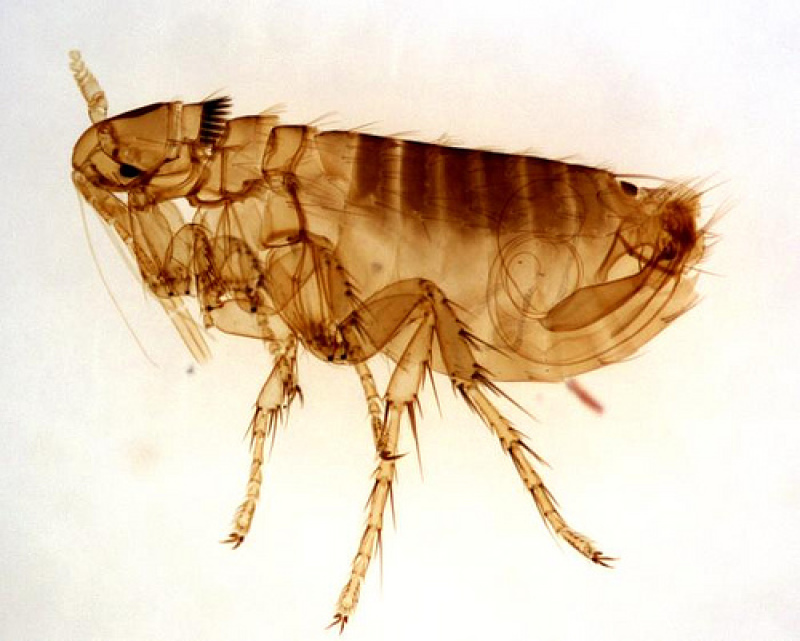
A recent discovery has uncovered what could possibly be the oldest ancestor of the black death, the plague that wiped out more than half the population of Europe during the 14th century.
The researchers discovered the ancient bacteria on a flea that was entombed in amber 20 million years ago, according to Discovery News.
According to the researchers, this finding could shed light on how bacteria evolve and turn into deadly plagues. Based on previous studies, deadly diseases such as pneumonia, septicemic and the bubonic are caused by the Yersinia pestis bacteria. It is believed that this organism developed its fatal characteristics 1,500 years ago and may have only caused minor infections in humans before then.
The researchers believe that the strain found on the flea in a region now known as the Dominican Republic, may have been the origin of the Yersinia pestis due to their various similar characteristics.
One of these telltale signs is the location of blood droplet containing the bacteria, which was found on the flea's proboscis, the appendage used for feeding or sucking as well as in its rectum.
"Aside from physical characteristics of the fossil bacteria that are similar to plague bacteria, their location in the rectum of the flea is known to occur in modern plague bacteria," George Poinar Jr., the lead author of the study said in a statement according to Eureka Alert.
"And in this fossil, the presence of similar bacteria in a dried droplet on the proboscis of the flea is consistent with the method of transmission of plague bacteria by modern fleas," he added.
The researchers, however, still cannot confirm if the sample taken from the ancient flea is the source of the bubonic plague. According to Kent State University microbiology professor Tara Smith, who was not part of the study, the researchers will only be able to verify the connection between the ancient bacteria and the historic outbreak through advanced testing procedures, The Washington Post reported.
However, the professor doubts that the researchers will be able to carry out these procedures due to the age of the sample.
But, if the two are actually related, Poinar believes the connection will be able to explain how plagues affected other organisms before the arrival of humans.
"If this is an ancient strain of Yersinia, it would be extraordinary," he said in a statement." "It would show that plague is actually an ancient disease that no doubt was infecting and possibly causing some extinction of animals long before any humans existed. Plague may have played a larger role in the past than we imagined."


















